Regulatory Adaptations
The evolving regulatory landscape is influencing the Merchant Cash Advance Market, as providers adapt to new compliance requirements. Recent legislative changes aimed at protecting consumers have prompted many cash advance companies to enhance transparency in their offerings. This shift is likely to foster greater trust among potential borrowers, as clearer terms and conditions are established. Additionally, regulatory scrutiny may lead to the emergence of more reputable players in the market, as companies that prioritize compliance are better positioned to thrive. While some may view these regulations as a challenge, they could ultimately benefit the Merchant Cash Advance Market by promoting ethical practices and improving the overall perception of cash advances. As the industry navigates these changes, it may also see a consolidation of providers, leading to a more stable market environment.
Technological Integration
Technological advancements are playing a pivotal role in shaping the Merchant Cash Advance Market. The integration of digital platforms and automated underwriting processes has streamlined the application and approval stages, making it easier for businesses to access funds. Recent data suggests that over 60% of merchant cash advance applications are now processed online, significantly reducing the time required for funding. This shift towards technology not only enhances customer experience but also allows providers to assess risk more accurately and efficiently. As technology continues to evolve, it is expected that the Merchant Cash Advance Market will see further innovations, such as artificial intelligence and machine learning, which could refine credit assessments and personalize offerings. This technological evolution may lead to increased competition among providers, ultimately benefiting businesses seeking cash advances.
Rising Small Business Needs
The Merchant Cash Advance Market is experiencing a surge in demand driven by the increasing needs of small businesses for quick and accessible funding. As traditional lending avenues become more stringent, small enterprises are turning to merchant cash advances as a viable alternative. In recent years, approximately 30% of small businesses reported difficulties in securing loans from banks, highlighting a gap that merchant cash advances are filling. This trend indicates a growing reliance on alternative financing solutions, which are perceived as more flexible and less bureaucratic. The ability to receive funds quickly allows businesses to manage cash flow effectively, invest in growth opportunities, and navigate unforeseen expenses. Consequently, the Merchant Cash Advance Market is likely to expand as more small businesses seek out these financial products to support their operational needs.
Diverse Industry Applications
The Merchant Cash Advance Market is characterized by its applicability across various sectors, including retail, hospitality, and healthcare. This diversity allows providers to cater to a wide range of businesses, each with unique financing needs. For instance, the retail sector has shown a notable preference for cash advances to manage seasonal fluctuations in sales, while the hospitality industry often utilizes these funds for renovations and marketing initiatives. Recent statistics indicate that approximately 40% of cash advances are utilized for inventory purchases, underscoring the importance of this financing method in maintaining operational efficiency. As different industries continue to recognize the benefits of merchant cash advances, the market is poised for growth, with providers adapting their offerings to meet the specific demands of various sectors.
Increased Awareness of Alternative Financing
There is a growing awareness among business owners regarding alternative financing options, which is significantly impacting the Merchant Cash Advance Market. As traditional banks tighten their lending criteria, more entrepreneurs are exploring non-traditional funding sources. Surveys indicate that nearly 50% of small business owners are now familiar with merchant cash advances, a marked increase from previous years. This heightened awareness is likely to drive demand as businesses seek out flexible financing solutions that align with their cash flow patterns. Furthermore, educational initiatives and marketing efforts by providers are contributing to this trend, helping demystify the process of obtaining a cash advance. As awareness continues to rise, the Merchant Cash Advance Market is expected to attract a broader customer base, further solidifying its position in the financial landscape.


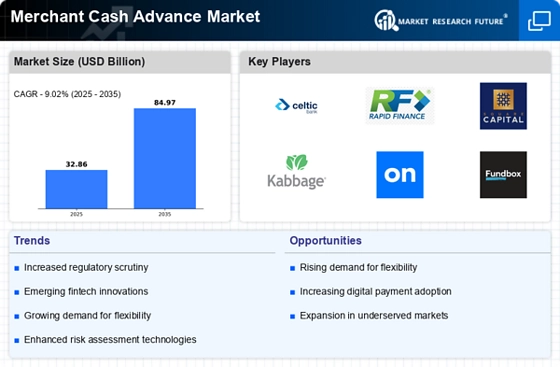
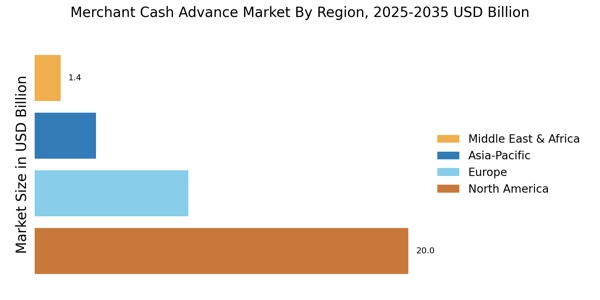
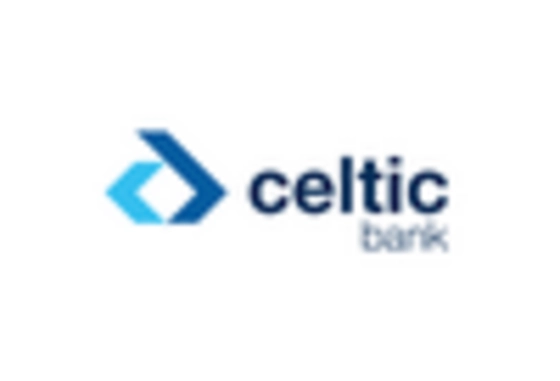
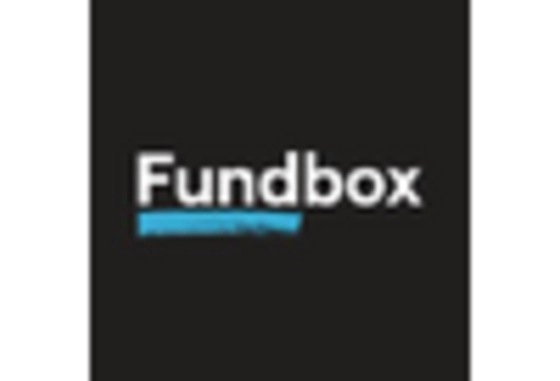
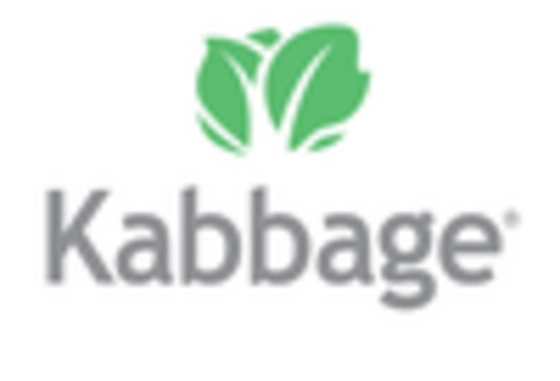

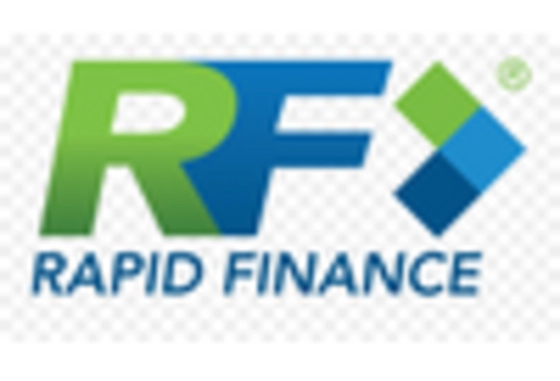
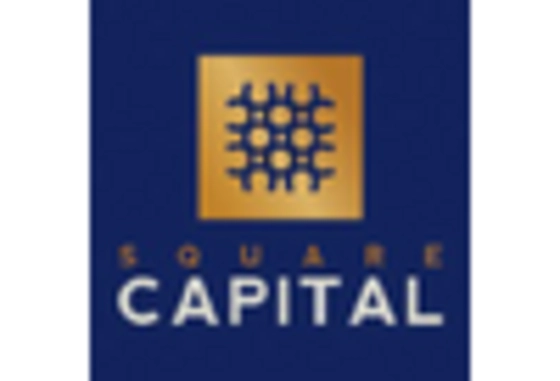








Leave a Comment